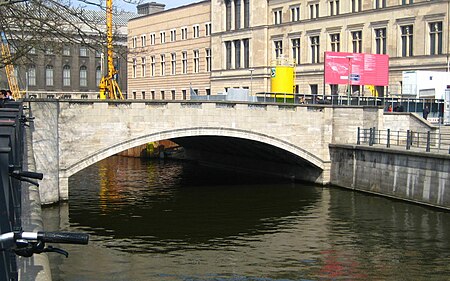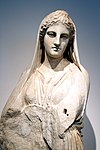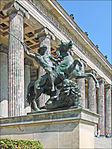Eiserne Bridge
Berlin building and structure stubsBridges in BerlinBuildings and structures in MitteMuseum Island

Eiserne Bridge (German: Eiserne Brücke) is a bridge in Mitte, Berlin, Germany.
Excerpt from the Wikipedia article Eiserne Bridge (License: CC BY-SA 3.0, Authors, Images).Eiserne Bridge
Hinter dem Gießhaus, Berlin Mitte
Geographical coordinates (GPS) Address External links Nearby Places Show on map
Geographical coordinates (GPS)
| Latitude | Longitude |
|---|---|
| N 52.5194 ° | E 13.3975 ° |
Address
Eiserne Brücke
Hinter dem Gießhaus
10117 Berlin, Mitte
Germany
Open on Google Maps









